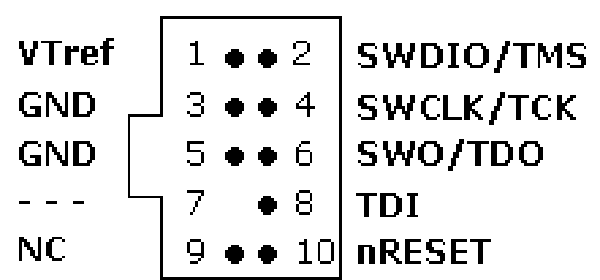list类型中所有的方法(除sort之外), 每一个方法附带一个实例:以及解释说明
append
append(self, object, /)
Append object to the end of the list.
clear
clear(self, /)
Remove all items from list. 从列表中删除所有项目。
list_data = [1, 1.2, 1+1j, "he", True, None, (), []]
list_data.clear()
print(list_data)

copy
copy(self, /)
Return a shallow copy of the list. 返回列表的浅层副本。
list_data = [1, 1.2, 1+1j, "he", True, None, (), []]
list_data1 = list_data.copy()
print(list_data1)

count
count(self, value, /)
Return number of occurrences of value. 返回值的出现次数。
list_data = [1, 1.2, 1+1j, "he", True, None, (), []]
print(list_data.count(1))

为2的原因,Ture在计算机识别时也是1
extend
extend(self, iterable, /)
Extend list by appending elements from the iterable. 通过添加可迭代项中的元素来扩展列表。
list_data = [1, 1.2, 1+1j, "he", True, None, (), []]
list_data1 = [(1, 2), (3, 4), (5, 6)]
list_data.extend(list_data1)
print(list_data)

index
index(self, value, start=0, stop=9223372036854775807, /)
Return first index of value. 返回值的第一个索引。(返回脚标)
list_data = [1, 1.2, 1+1j, "he", True, None, (), []]
print(list_data.index(1))

insert
insert(self, index, object, /)
Insert object before index. 在索引之前插入对象。
list_data = [1, 1.2, 1+1j, "he", True, None, (), []]
list_data.insert(2, 3)
print(list_data)

pop
pop(self, index=-1, /)
Remove and return item at index (default last). 删除并返回索引处的项(默认为最后一个)。
list_data = [1, 1.2, 1+1j, "he", True, None, (), []]
list_data.pop(3)
print(list_data)

remove
remove(self, value, /)
Remove first occurrence of value. 删除第一次出现的值。
list_data = [1, 1.2, 1+1j, "he", True, None, (), []]
list_data.remove(1)
print(list_data) 
reverse
reverse(self, /)
Reverse *IN PLACE*. 倒置
list_data = [1, 1.2, 1+1j, "he", True, None, (), []]
list_data.reverse()
print(list_data)


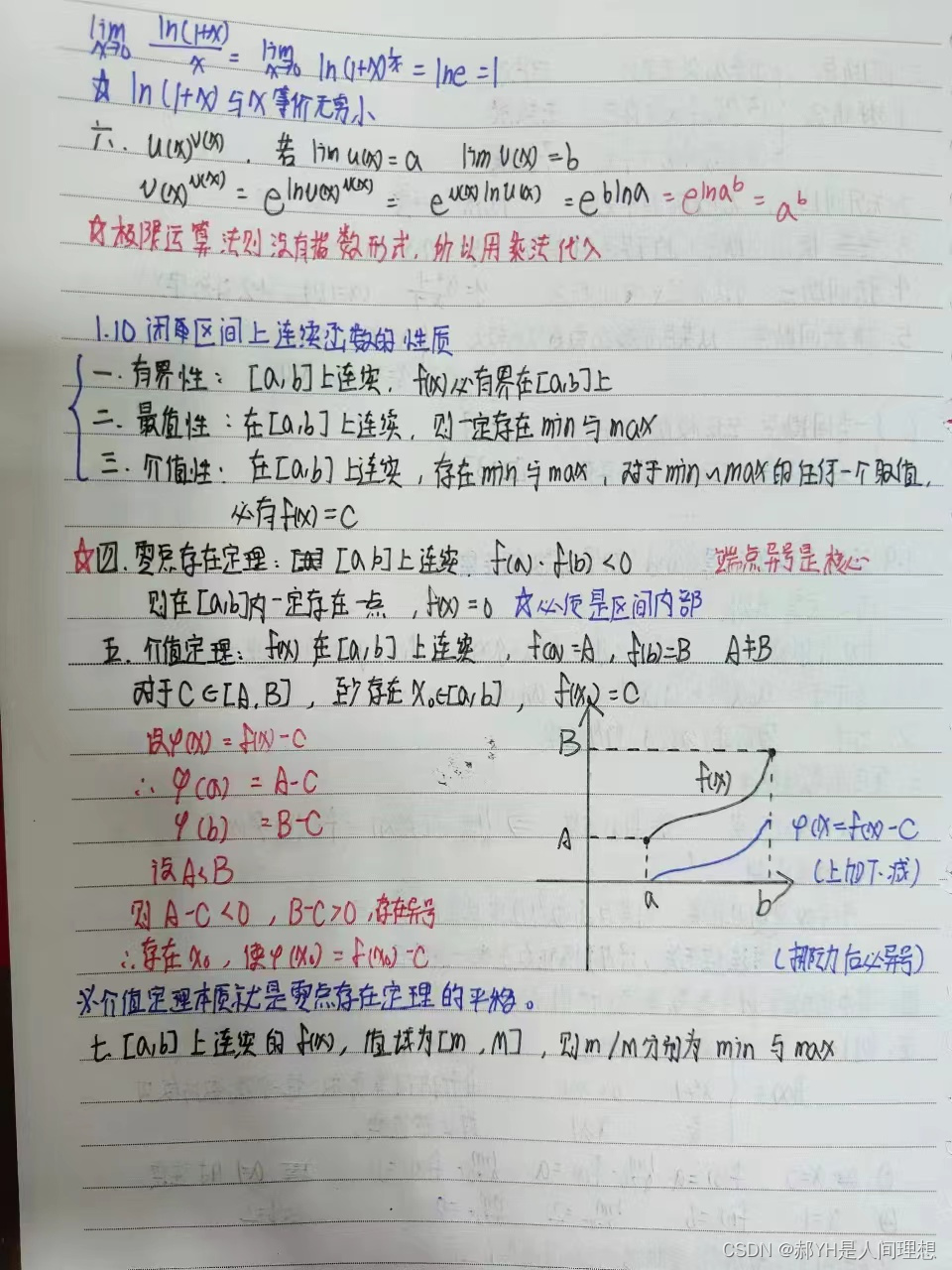




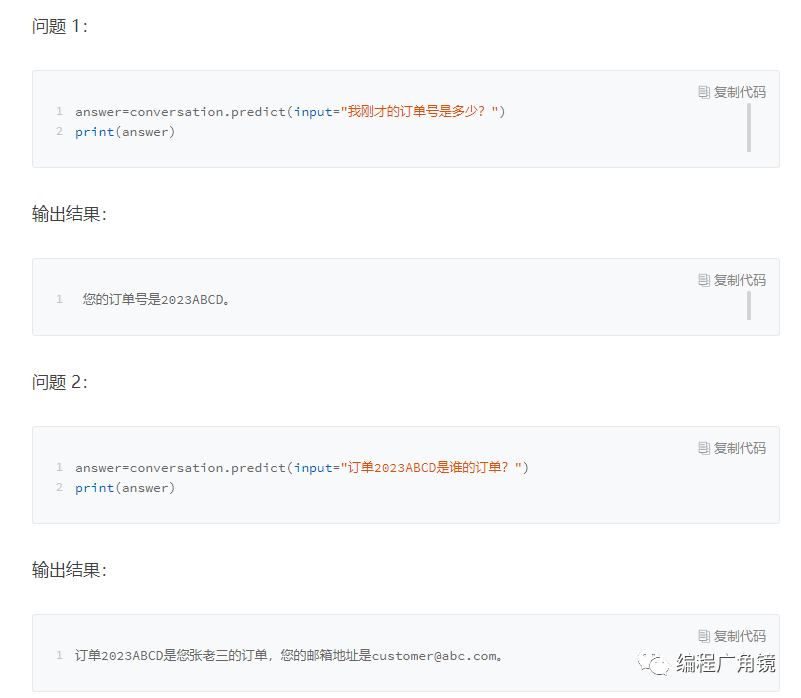

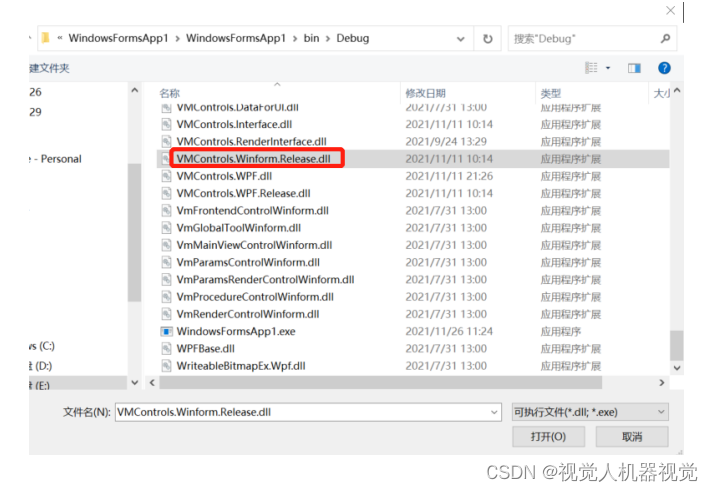
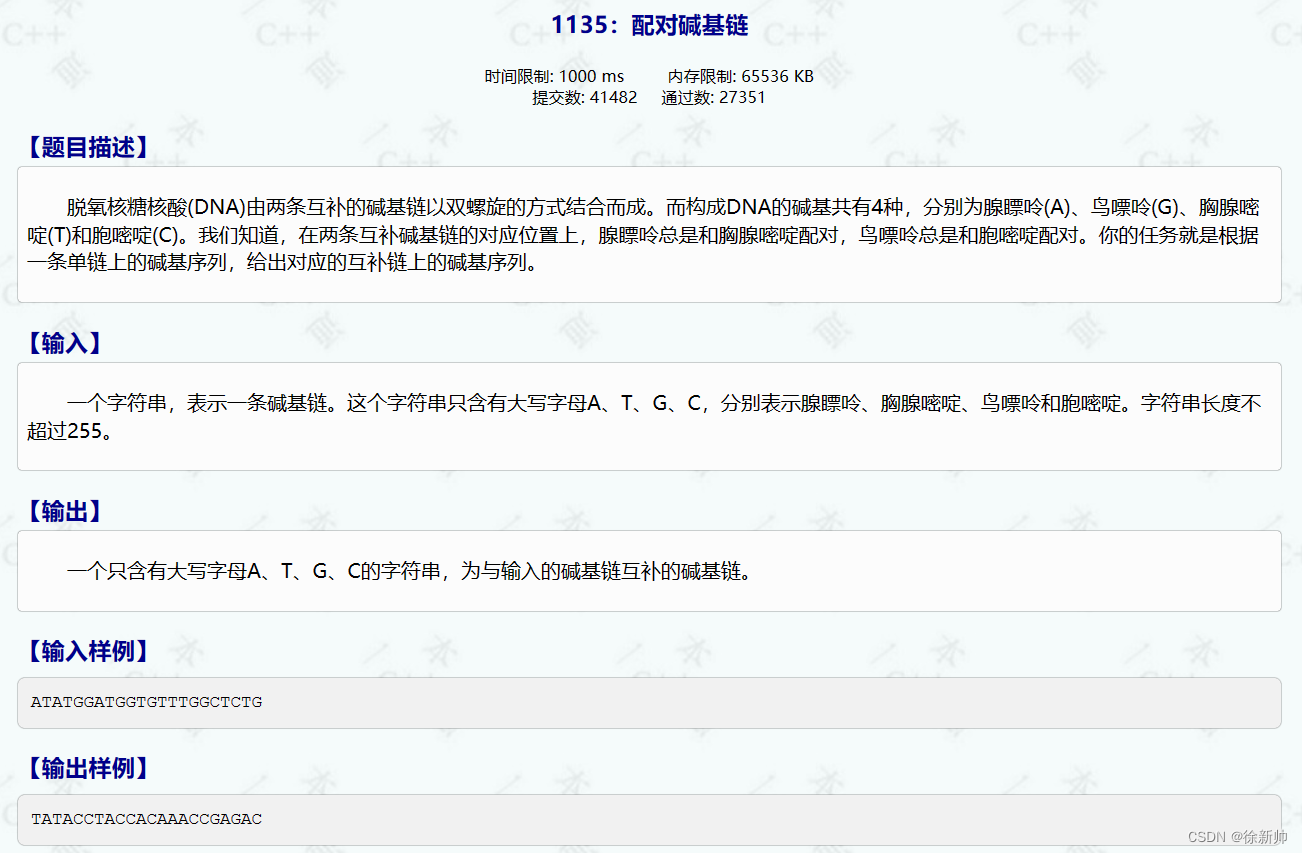
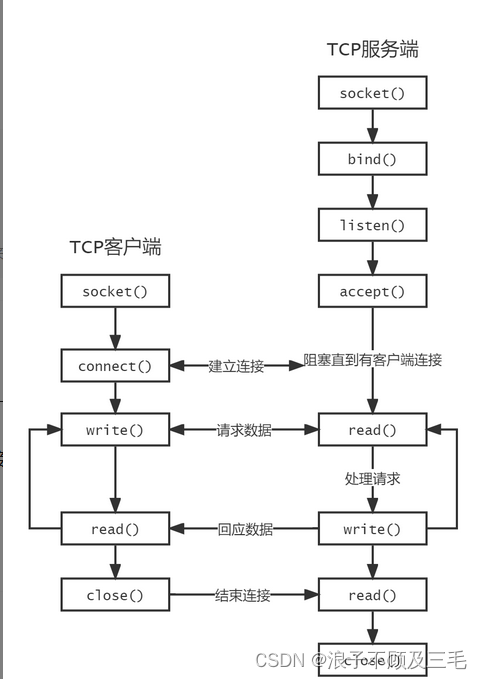


![[html] 动态炫彩渐变背景](https://img-blog.csdnimg.cn/b4f4c7a437cd45c7af5a85db30f4d8d7.png)



